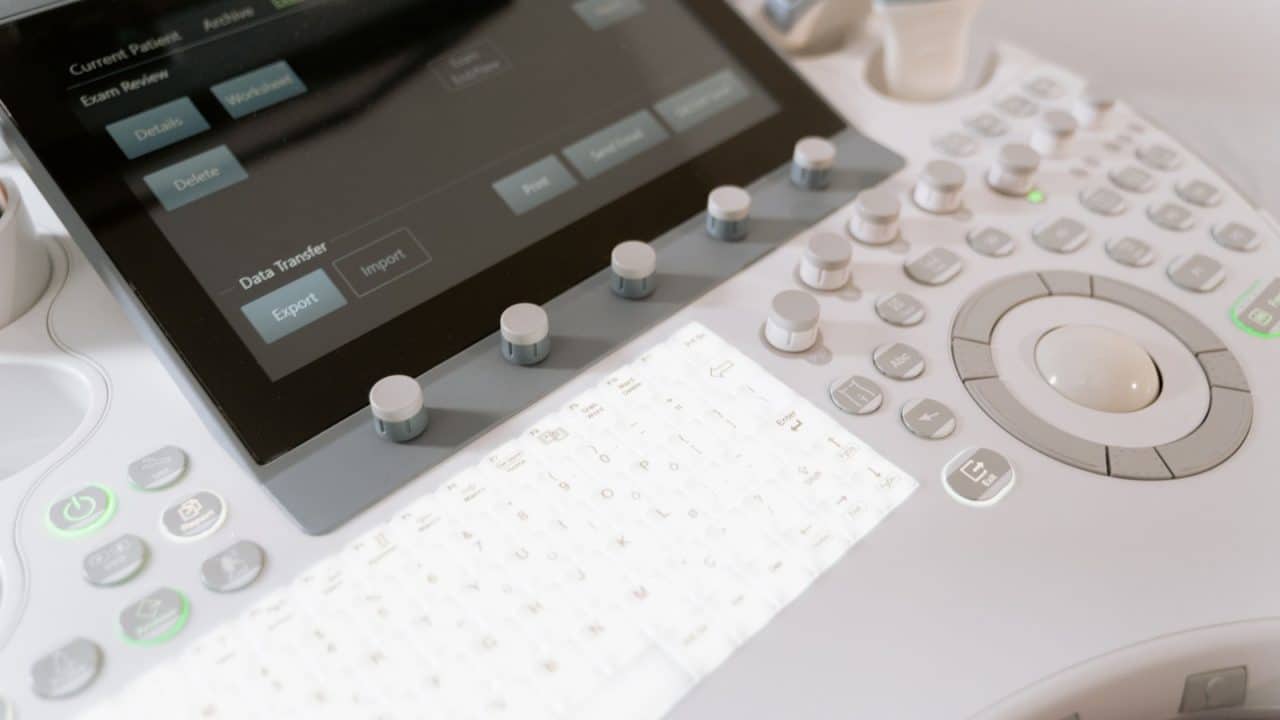In the world of physiotherapy, the tale is all too common. The initial phases of a consultation often reveal a patient's history of injuries – a crucial insight that could potentially reflect their current predicaments. Among these revelations, conditions like lower back pain, knee meniscus issues, and notably, shoulder bursitis frequently come to light.
My mind immediately recalls a pivotal study published by the American Journal of Roentgenology, which strikingly found that 96% of individuals devoid of shoulder pain exhibited 'abnormal findings' on ultrasounds, predominantly bursal thickening or bursitis. The critical takeaway from these radiology experts? The importance of correlating ultrasound findings with clinical evaluations.
This highlights a significant concern: the journey of seeing a GP, undergoing scans, and discovering these results may, in reality, yield little relevance without a thorough clinical assessment. Such scenarios underscore the limitations of ultrasounds for shoulder diagnoses, where MRIs or X-Rays are often more indicative of the issue at hand.

However, the predicament doesn't imply that imaging referrals should be dismissed outright. On the contrary, when pain levels are exceptionally high or a fall onto the shoulder occurs, imaging can be crucial to rule out specific concerns. It's the justification behind seeking an image that matters.
An essential part of any consultation should involve leaving with a clear understanding and confidence in the diagnostic pathway – including the necessity of any proposed imaging. Encouraging patients to inquire, "Will the treatment approach change depending on the imaging results?" can significantly reveal the thought process and critical analysis of the clinician in front of them.
Interestingly, these incidental findings are not exclusive to shoulder diagnostics. Research indicates that MRIs may show signs of 'degenerative disc disease' or 'altered disc height' in a significant percentage of adolescents without any pain symptoms. Thus, the implications of diagnosing a young individual with such conditions can be profound, potentially leading them to unnecessary adjustments in lifestyle or activity levels based on the fear of exacerbating their "condition".
The narrative that unfolds from such diagnostic journeys is compelling. It underscores the necessity of purposeful imaging and the empowerment of patients through explanation and education about their condition and the rationale behind each diagnostic step.
For healthcare practitioners, the message is clear: elucidate the process, educate the patient thoroughly, and devise a plan of action. This is not just a standard of care, but an imperative to avoid complacency in diagnosis and treatment planning.
In essence, diagnostic imaging, when wielded with precision and purpose, remains a powerful tool within physiotherapy. However, it necessitates a balanced approach of clinical assessment and judicious utilisation, ensuring that every imaging decision enriches the patient's understanding and contributes meaningfully towards their recovery journey.